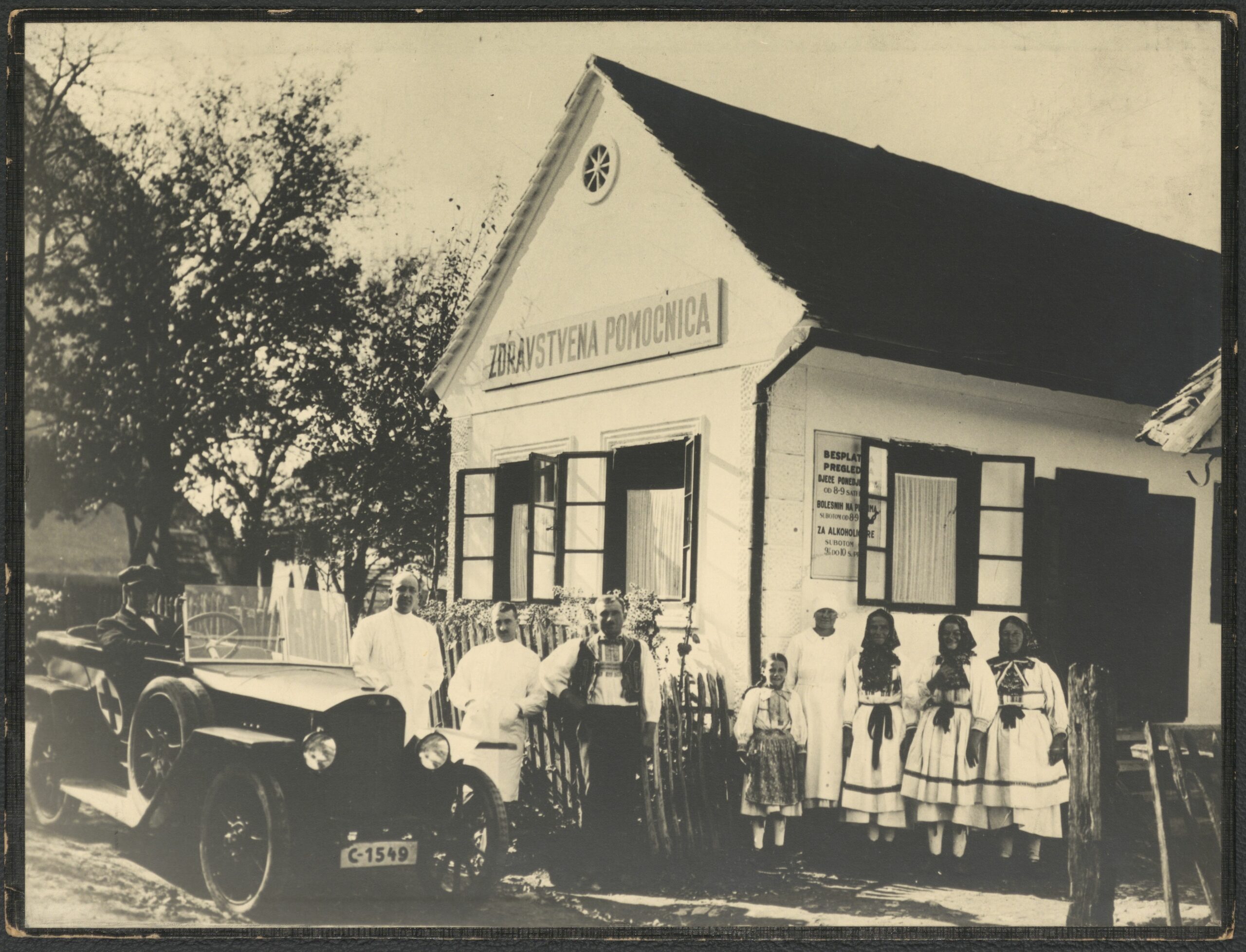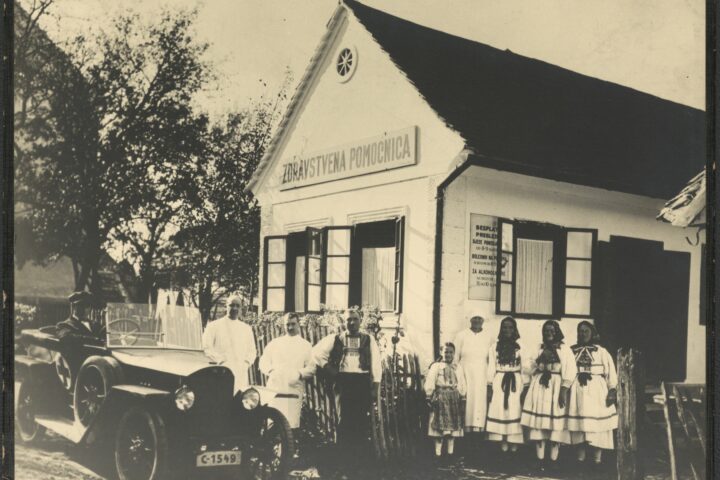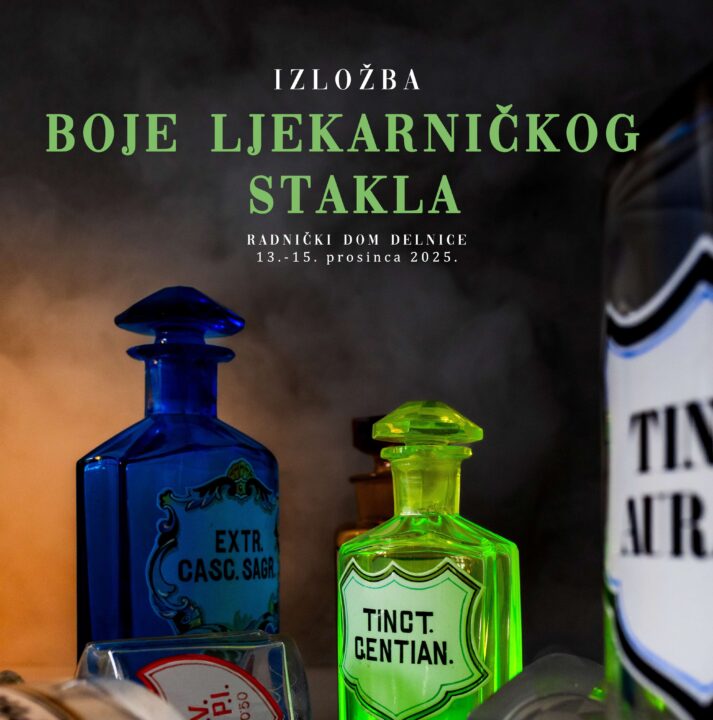The new virtual collection of the Croatian Museum of Medicine and Pharmacy on the portal DiZbi HAZU – Photographic heritage of the Museum for the History of Healthcare in Croatia

The photographic heritage of the Museum for the History of Health Care in Croatia reflects the ideology of the internationally renowned Croatian doctor Andrija Štampar (1888 – 1958), his public health policy and social medicine views, through the choice of motifs and their interpretation. Štampar’s ideology is characterized by a strong change in focus: from illness to the binary system illness/health with an emphasis on health; these were the beginnings of organized prevention. Physicians become doctors and teachers of the people, and above all they must be social workers. Štampar uses social circumstances, such as poverty, as the framework and source of social ills. Attention is diverted from the individual to the social organism, and dispensary and field work makes this possible.
At the time when Vladimir Ćepulić (1891 – 1964), a prominent phthyologist and anti-tuberculosis fighter, was at the head of the Croatian Medical Association, in 1935 the Association acquired its own building, the Croatian Medical Home, and its actions related to the foundation of the Museum for the History of Healthcare intensified. Ćepulić temporarily earmarked two rooms for the Museum in the Doctors’ Home, until the Institute for the History of Medicine was established at the School of Medicine, within which the Museum should have been a logical component. Stanko Sielski (1891 – 1958), the director of the newly established Institute for the Suppression of Endemic Syphilis in Banja Luka, a connoisseur of the history of medicine and a prominent collector, was the most active in the work of establishing the Museum, along with Vladimir Ćepulić, the then president of the Association. At its session on August 10, 1942, the Board of Directors of the Association elected him curator of the Museum in its founding. After the Museum was opened in 1944, Lujo Thaller (1891 – 1949) was appointed its manager, who also used it in classes on the history of medicine, which was re-introduced in 1948 as a compulsory course. A significant part of the exhibits of that first Croatian medical museum consisted of photographs related to the history of medicine, communal hygiene and public health. Since the plan to establish a Museum at the School of Medicine did not succeed, the materials of the Museum for the History of Healthcare have been stored in the Division for the History of Medical Sciences at Croatian Academy of Sciences and Arts since the 1960s.
This virtual collection contains the digitized photographic heritage of the Museum for the History of Healthcare in Croatia, which was taken over from the Division of the History of Medical Sciences, CASA, for the Croatian Museum of Medicine and Pharmacy in 2015. The founders of the first Croatian museum of medicine collected photographic negatives related to the history of healthcare and had made photo enlargements, laminated on cardboard and prepared for display in the Museum. On the photographs themselves, legends are mostly written in black or white ink, as well as in handwriting on the back. The collection contains several thematic groups: housing misery in Zagreb in 1924; buildings of health institutions; health education; housing and hygiene conditions in Croatian villages; sanitary technology; sanitation of the village Mraclin in Turopolje; old cemeteries; works of art depicting patron saints of health; housing and hygiene conditions in Bosnia; folk medicine in Bosnia.
The material was digitized by Zoran Svrtan (Museum of Arts and Crafts, Zagreb) as part of the national project eCulture – digitalization of cultural heritage.
In the picture: The first „Health assistant“ (auxiliary clinic) in Croatia in Šestine, founded in 1923, inv. no. HMMF-5000
The collection is available on the Internet portal of the Digital Collection of the Croatian Academy of Sciences and Arts (DiZbi HAZU) at the link: https://dizbi.hazu.hr/a/?pc=i&id=2594121 .


